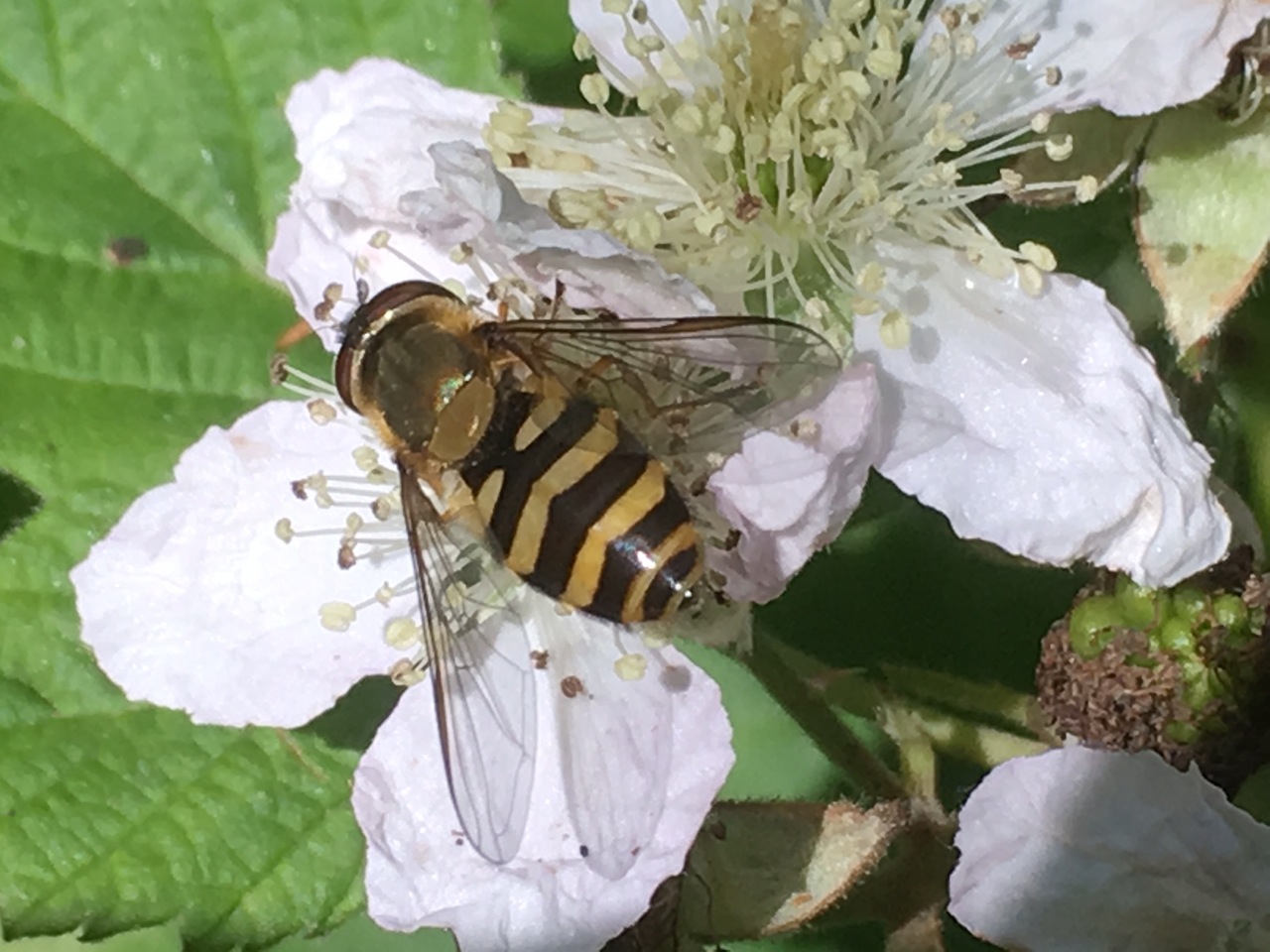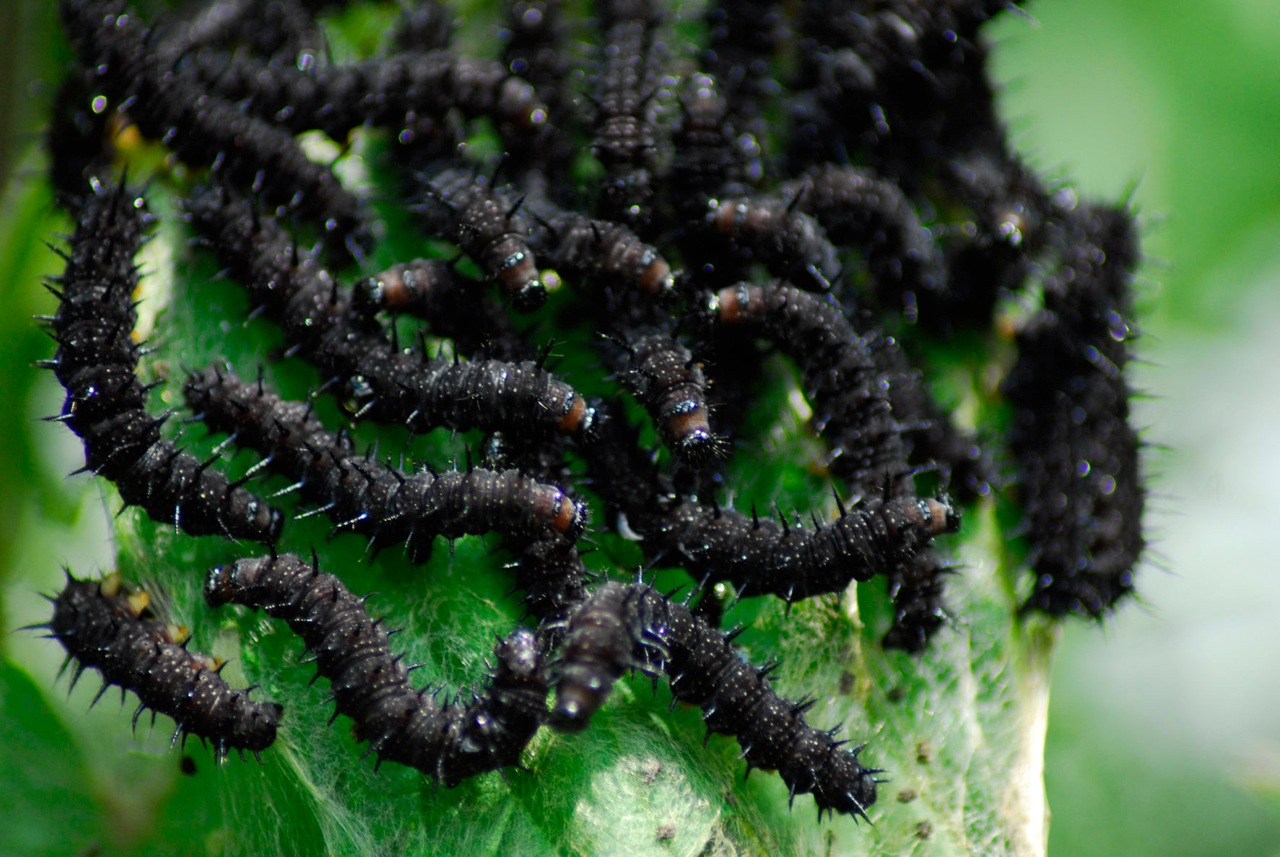
Jean Vernon turns the dilemma of ‘weeds’ on its head.
The simple answer is to change your attitude to plants that you call ‘weeds’ and unless they are competing with your plants for food and water, or really taking over, learn to live with them.
Most of the plants we regard as weeds are in fact just wildflowers that have colonised bare soil in our gardens and growing opportunities on our lawns.
Wild lawns
Take a look at your lawn and identify the ‘weeds’ that grow there. You’ll find buttercups, daisies, dandelions, clover, self heal and a fair few other flowers that you would be delighted to find in a flower meadow. People spend hundreds of pounds planting wild flower meadows, when in fact they’ve already got the basis on their lawns. These incredible little plants don’t just survive in our lawns, but they adapt to the regular hard pruning effects of lawnmowers, growing flatter and closer to the ground in a ground-hugging habit.
Do yourself and your lawn a favour this summer and raise the cutting height of your mower blades and let some of these wildflowers flower. They will provide much needed sustenance for our precious pollinators and your lawn will look lush and green and meadow like in the warmer sunny weather. Dandelions in particular are a vital source of food for early emerging pollinators and while you might not want them all around your garden, leave a patch to flower to feed these vital beneficial creatures.
Weeds elsewhere
If your ‘weeds’ are in your greenhouse, then simply whip them out before they flower and set seed. Don’t use chemicals; use a bit of elbow grease instead. Learn how to identify ‘weed’ seedlings and seek them out and remove if necessary when they are cramping your salads, or infilling between your veg.
But in the garden borders be a little more accepting of nature. Let some of the wildflowers fill the gaps between your plants and watch how the bees choose these flowers over some of the inbred hybrids we choose to grow.
In my garden hedge woundwort is a bumblebee magnet and has beautiful spires of burgundy/mauve flowers all summer long. I’ve got some beautiful purple vetch that grows mid border and is another bumblebee favourite, but there are other ‘weeds’ that I do struggle with. Bindweed, which is a great plant for bumblebees, is a bit of a thug. It’s roots go so deep that I would never even try to dig them all out, but I do cut the stems off at ground level where I don’t want the plants to grow and then remove the top growth once it’s withered. But I also leave it to do its ‘thing’ in the wilder parts of the garden so that the bees can benefit from its nectar.
Caterpillar food

I don’t generally tolerate docks and nettles in the flowerbeds, unless they are right at the back and hidden, but I do let a few grow on the perimeter of the garden where it blends into the countryside. The deep-rooted docks raw up minerals from lower down in the soil strata and this becomes available when the plants and roots rot down. The nettles are vital food plants for some butterflies, including the Peacock butterfly, and in spring the nettle tops make a great pesto or soup. The brambles are vital nectar sources in June when there’s a gap in pollinator forage. Train them where you don’t mind them growing; in the hedge or on the garden boundaries and let the hoverflies sup at the flowers.
Weed control
Of course when the weeds are taking over they do need to be removed and the very best way to do this is to dig them out by hand ensuring you’ve got as much of the roots out as possible. Get them out before they flower and set seed around the garden.
Hoe off any annual weeds with a sharp hoe. Do this on a hot summers day so that the decapitated weed tops dry out in the sun and don’t just reroot in the garden.
I admire weeds, though I admit that they can be a real nuisance in certain circumstances. They are survivors and will grow in places where other plants will fail. The most annoying spot they seem to thrive is between the paving slabs on my patio. Dandelions with their very long taproots germinate and then grow down in what seems like the tiniest crack. A weeding knife can remove some weeds from these patio crevices, but even I have resorted to a weedkiller spray (but an Eco version such as Richard Jackson’s Double Action Weedkiller) to keep the patio weed free.


